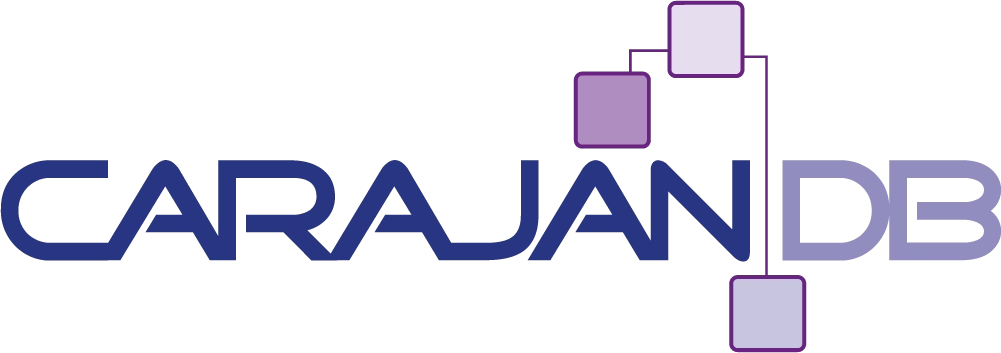Servicename or not?
Few weeks ago I had issues with naming conventions: In one of my projects a cloning software should be used. The installation went fine but the integration of the first database failed. The error message stated that the service is not available – but to my knowledge all entries are fine …
Servicename or not? Blogbeitrag lesen »


